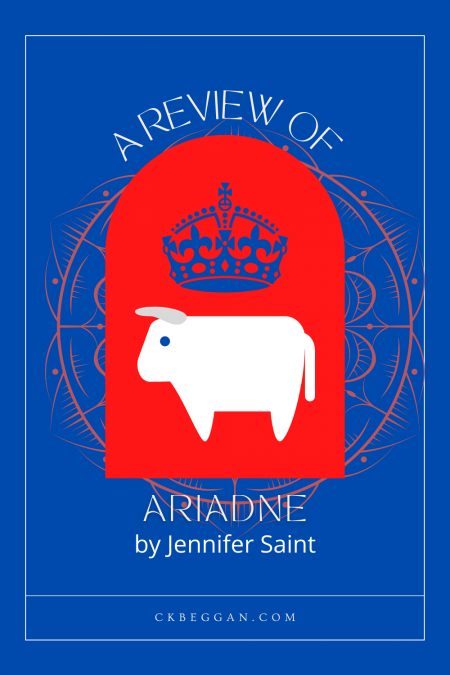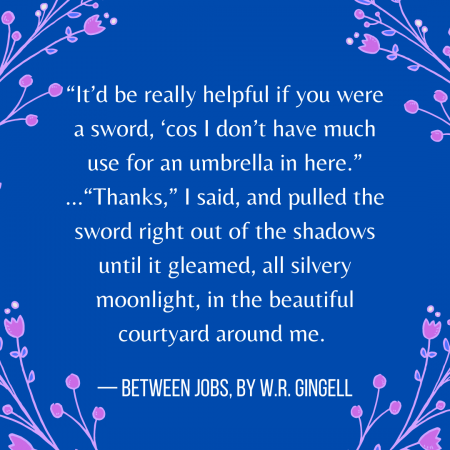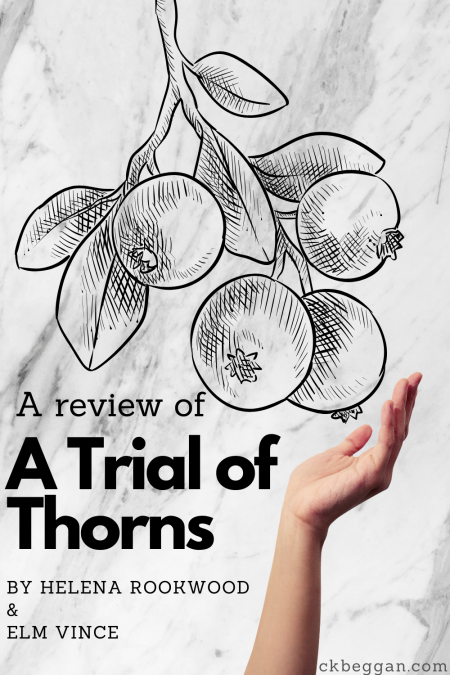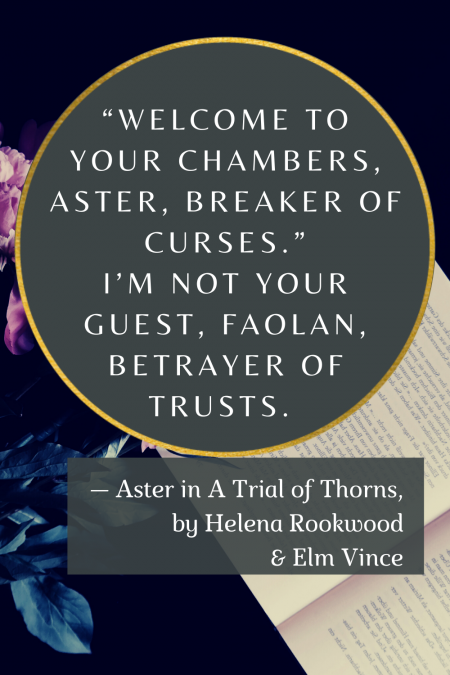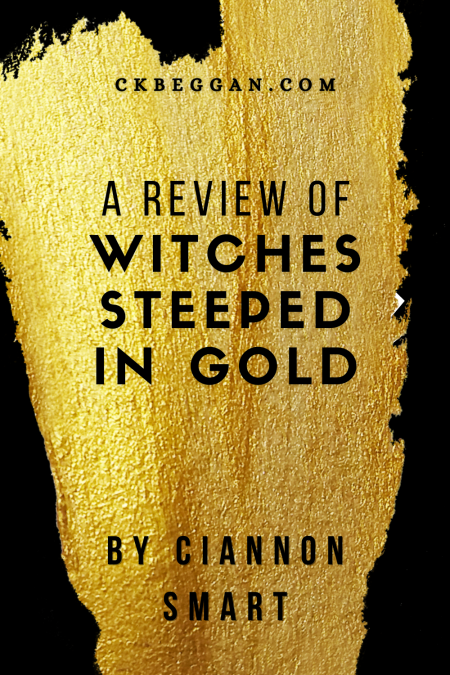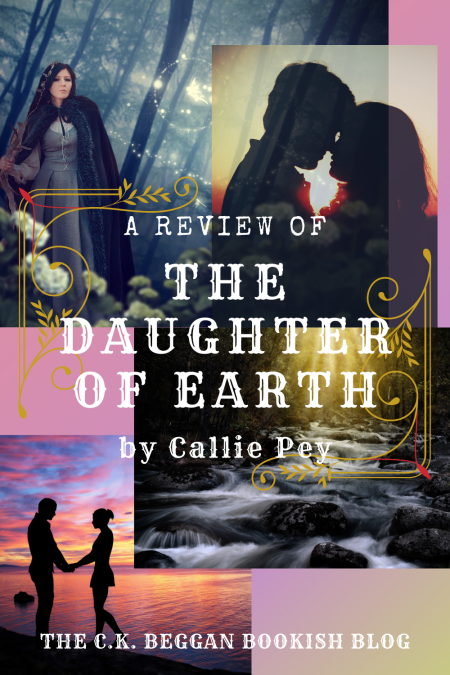
The Daughter of Earth (The Dryad Chronicles #1), by Callie Pey (romantic Fantasy, Steamy fantasy; 2021)
(Note: I received a free copy in exchange for an honest review. This title is for mature readers only.)
This is an engaging, extremely steamy story (with fated mate context) that reads quickly. Yes, a little too quickly at times (and yes there are copy editing issues), but the story and other raw materials are all there, which counts for more to me (and is harder to achieve). If you feel the same and like a good portal fantasy adventure, you’ll enjoy The Daughter of Earth, too. (Note that a late scene involves unwanted contact and may be triggering.)
The storytelling starts at a break-neck pace that was too quick for me. 2 1/2 to 3 chapters in, it slows and lets the characters develop (while remaining fairly fast). Melissa is dropped through a portal just as everything is going wrong, and her reactions are sometimes lost in the swift pacing. I did feel like I wanted to hear her thoughts more, especially as she meets a blur of characters. Some you’ll get to know and love, like Cassie, but others remain in the periphery, like Ferox.

As the pacing eases, Melissa finds more acceptance with her new friends, the Watchtowers, than she found in all her years on Earth. She doesn’t have to justify herself to them or explain her past. They’re like the perfect found family, though they expect her to learn to defend herself. In response to their warmth, Melissa develops a drive to be useful, repaying kindness with service. She also finds love, which is another area where the story really shines.
The MFM romance in The Daughter of Earth is graphic but sex positive, and wonderfully nuanced. I really liked the sweetly awkward early advances of Kelan, who is drawn to MC Melissa and can’t stay away (as a wood elf, he’s pretty fixated on presenting her with his “credentials”), and that her brief interactions with satyr Graak are like a one night stand that leaves both of them confused and hurt. The gods brought the three of them together, and not everybody’s happy about it. I can’t say enough good things about that dynamic.
Throughout the story, Melissa grows in every way possible. We see her go from an orphaned and powerless woman on Earth who’s reduced to an object to a physically strong one who fights monsters and makes her own family. With a world of dryads, nymphs, elves, fae and satyrs, The Daughter of Earth has familiar world-building with a modern twist. The ending was satisfying, too—though I’m already wondering what happens next, thanks in part to one heck of a preview for book two!
All in all, this is a great, unpolished gem of a romantic fantasy yarn.
To learn more about this author, visit her Facebook page or follow her on Instagram (@calliepeyauthor).
Want more fantasy titles with romance?
Review of An Enchantment of Thorns (Rookwood & Vince)
Review of Throne of Glass (Maas)
Review of When the Tiger Came Down the Mountain (Vo)






